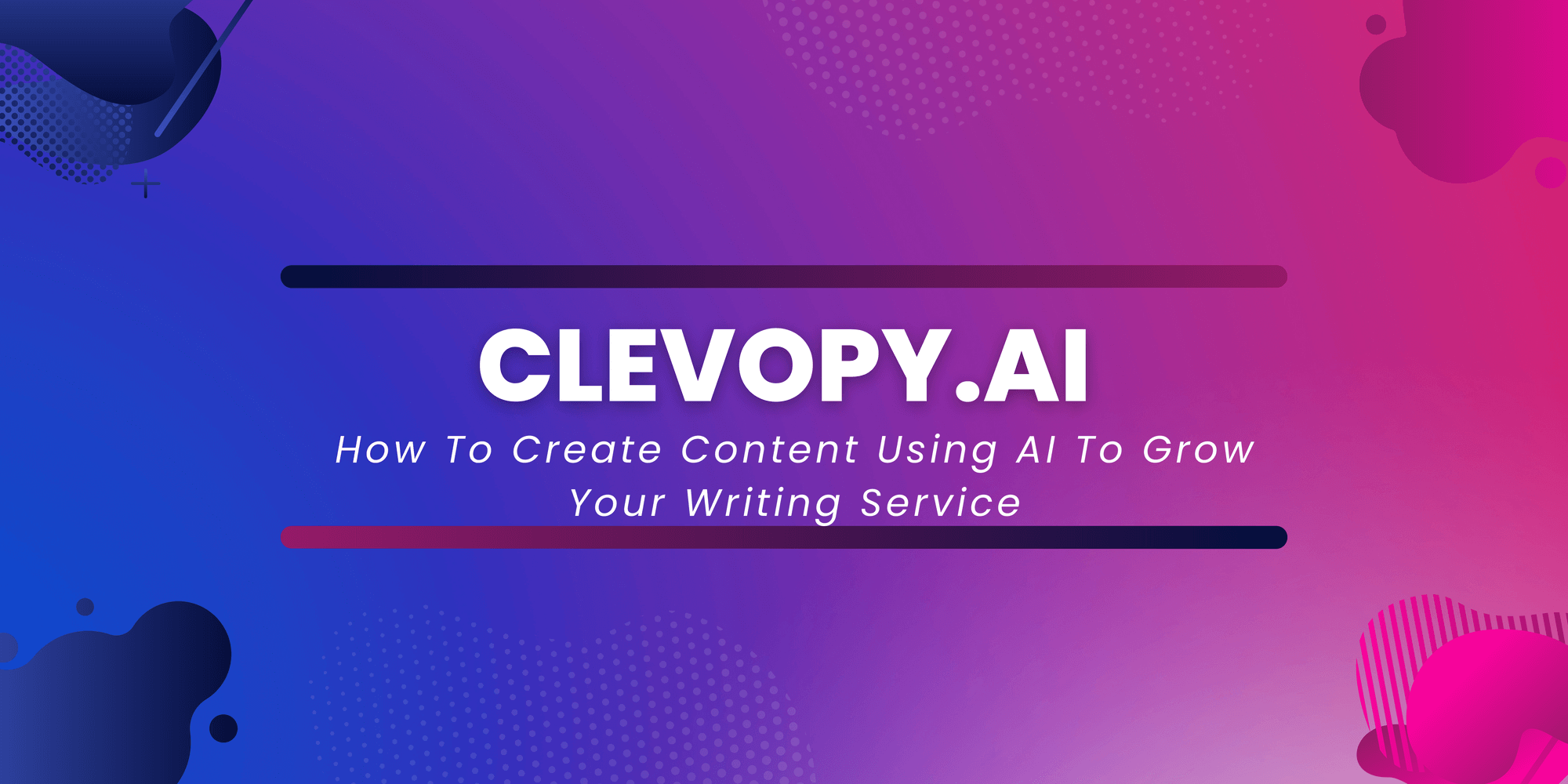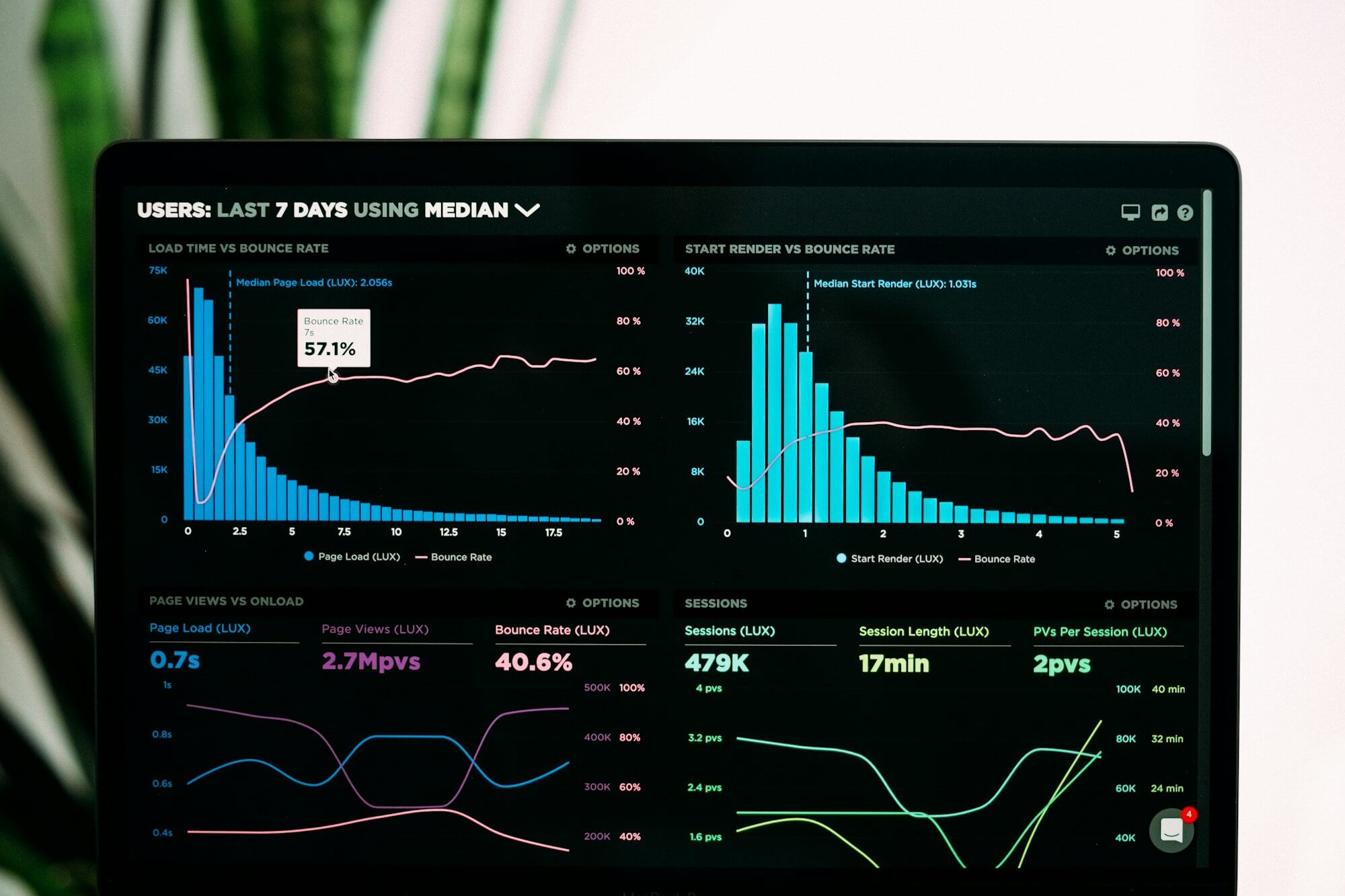Creating content using AI can be an effective way to grow your writing service and expand your clientele.
AI can be used to generate quality content that engages readers, making them more likely to share and engage with the content. AI-generated content can also provide deeper insights into a topic than a human writer might be able to obtain on their own.
This provides businesses with the opportunity to create unique and interesting content that will appeal to a wider range of readers.
AI-driven content creation requires careful planning. You should consider the topic you're covering, what kind of audience you are targeting, and how you want the story to unfold.
Once you have established these parameters, it is time to choose an AI platform that suits your needs. AI platforms come with a variety of features, such as natural language processing, text generation, and sentiment analysis.
After selecting the right platform for your project, it is time to begin crafting the story. Consider topics that will engage your target audience while also offering them meaningful insights into the subject matter.
Use data from research studies or industry trends to shape the narrative in ways that will draw in readers and keep them engaged throughout the article.
With AI, you can quickly generate optimized content to meet your client's needs, making your life less stressful with an arsenal of possibilities and time-saving strategies. Sounds interesting?
Here's how:
1. Choose Content Generation Software for Your Writing Service.
When choosing content generation software for your writing service, it's essential to ensure that the software offers quality and editable results while being easy to use.
As of 2023, there are plenty of options available on the market that meet these criteria. One of the best content generation software solutions is ClevopyAI.
ClevopyAI uses advanced AI-based algorithms to generate high-quality content quickly and easily. It also provides an editor interface that allows users to easily edit text as needed before publishing it. The software can also be customized for specific topics, allowing writers to generate more tailored pieces of work.
In addition, ClevopyAI comes with a wide range of features including automated projects, automated translation into multiple languages based on your selection, and text content editing formatting tools to streamline content production even further.
All these features make it one of the most comprehensive content-generation software solutions available today.
When compared, ClevopyAI is an excellent option for anyone looking for fast and reliable content generation software that offers quality results, while maintaining writing tone and style. Its user-friendly design makes it easy to use and its customizable features allow users to create unique pieces of work that fit their exact needs.
2. Creating Content for Your Target Audience
Research what types of content your target audience wants. This will help you choose topics and keywords that are relevant to them as you create ideas.
To find out what kind of content resonates with your audience, start by identifying who you are targeting and their interests. Take a look at online communities related to your brand or topic, such as forums and social media platforms, and read through the conversations happening there to get an idea of the topics that people are discussing.
You can also use surveys or interviews with members of your target audience to ask them directly about their preferences for content. Don’t forget to look at the analytics data associated with any content you already have published; this can tell you which posts were most popular based on engagement metrics such as likes, shares, and click-through rates.
Next, create a plan for gathering insights from each source you have identified. This could involve creating a survey questionnaire, organizing focus groups or interviews with potential customers, or setting up monitoring tools to track the activity on specific channels in real time.
Make sure that whatever research method you choose aligns with your objectives so that it provides results that are valuable for generating ideas and understanding customer needs.
The last step, use the information gathered from your research to start creating topics and keywords that are relevant to your target audience. Think about using phrases they would commonly use when talking about products or services related to yours so that it is more likely to appear in searches.
3. Focus On keywords and Tone of Voice
Set up parameters such as length, tone, keyword density, and other important metrics in order to customize the generated content.
Length: Content length should be customized depending on the desired end goal. For example, if the content is being created for use on a web page, then it should be at least 250 words in order to maximize visibility and optimization. If the content is for a blog post, then the length should be tailored to meet the style and focus of the blog.
Tone: The tone of generated content needs to match the company's overall branding and messaging. It should either be authoritative, casual, or conversational depending on what kind of impression you want to make with your customers.
Keyword Density: Keyword density is an important metric when creating content. It helps search engines determine which keywords are associated with a website and can help boost rankings. The ideal keyword density is between 1-2% but it ultimately depends on how competitive the target keyword is.
4. Sight Relevant Sources and Data points
Start adding relevant sources and data points into the content in order to boost accuracy.
Adding relevant sources and data points into content is a great way to boost accuracy. Researching these sources and data points thoroughly will help ensure that the content is trustworthy.
Additionally, citing them in the body of the document as well as providing a bibliography at the end provides readers with an opportunity to review and validate the sources for themselves.
When adding relevant sources and data points to content, it's important to keep track of where each source was found or used. Taking notes on quotes that are used from books or articles can help organize references and information for future use.
It's also beneficial to make sure all cited information is checked against other sources before being added in order to ensure its validity.
Finally, adding links or images to accompany the text is another great way to increase accuracy. Multimedia such as charts, graphs, or videos can bring extra visual interest and provide additional layers of detail when needed.
5. Use AI-based Tools Like Natural Language Processing (NLP) or Machine Learning (ML) Models to Create Unique Content from the Data Sources
AI-based tools such as Natural Language Processing (NLP) and Machine Learning (ML) models are increasingly being used to create unique content from data sources.
NLP is a field of Artificial Intelligence that studies the interactions between computers and human language, making it possible for machines to process and understand complex language data.
This enables them to analyze, interpret, and recognize patterns in large amounts of textual information. ML, on the other hand, is an area of computer science that uses algorithms to learn from data without needing explicit guidance or programming.
By using NLP and ML together, companies can take large amounts of existing textual data such as articles, social media posts, customer reviews, and much more, and use them as inputs for their content creation.
The tools will go through the text and extract key information from it to build a model that can be used to generate new content related to those topics. They can also be used for automated summarization wherein they can quickly identify key sections of longer texts and summarize them into shorter outputs.
Furthermore, NLP and ML can also be combined with other advanced features such as sentiment analysis or image recognition which help improve the accuracy and quality of generated content.
For example, sentiment analysis allows for the computation of sentiment scores associated with different pieces of text which can then be used to ensure that generated output has a positive or negative tone depending on the desired outcome.
6. Analyze the Generated Articles Using SEO & Editing Tools such as ClevopyAI or SEMRush
Once the articles have been generated, it is important to analyze them using SEO tools such as Google Analytics or SEMrush to ensure that they are optimized for search engine algorithms. By doing so, we can ensure that the content will rank higher on search results and be seen by larger audiences.
Using these tools, we can take a look at the page’s performance in terms of organic search traffic, keyword ranking, and links.
This data can then be used to identify potential improvements needed for better customer experience, as well as what content should be adjusted or changed.
Additionally, SEO tools can be utilized to compare our article’s performance against other competitor pages to see where we can improve.
Performing an analysis of our generated content through SEO tools also provides us with valuable insights into user behavior and how visitors interact with our website.
This includes tracking the number of page views and time spent on a page, as well as what content is more popular than others. Having this type of information helps us create more efficient strategies when optimizing our content.
7. Created a few pieces of AI-generated content And Distribute to Other Platforms
Once my AI-generated content is ready to be published, I will carefully optimize it for its intended audience and distribute it through various channels.
I will begin by publishing the content on my website or blog site, ensuring that the title is catchy and informative. I will also use relevant keywords to make sure the post is properly indexed for search engines.
Afterward, I will submit the content to press releases and media outlets, including newspapers, magazines, radio stations, television networks, and social media platforms.
To maximize reach potential, I will include a concise description of my AI-generated content along with a link to the full version on my website or blog site.
To stay effective, seek out opportunities to collaborate with influencers in order to get more eyeballs on your AI-generated content. Your goal is to create a conversation around what you are doing and further increase engagement.
8. Track Performance And Assess What Works Best for Your Audience and Adjust Accordingly for Future Campaigns
Measuring the performance of an online campaign is essential for understanding what works best for your audience and how to adjust accordingly.
Tracking performance involves monitoring a variety of metrics, including impressions, reach, click-through rate (CTR), cost per click or acquisition (CPC/CPA), conversions, and more.
Thus, it helps to determine the effectiveness of each campaign, which can give valuable insights into what content resonates with your audience.
One of the most important indicators of success is the CTR. This metric shows how often people are clicking on a particular advertisement or link. A high CTR indicates that your audience finds your content engaging and relevant.
Similarly, tracking conversions can also be very useful as it indicates how many people actually completed a desired action after viewing an ad or reading an article.
Analyzing these metrics will help you assess what works best for your audience so that you can make adjustments accordingly in future campaigns.
For example, if you find that one type of ad is generating significantly more clicks than another type then you may want to focus more on this kind of ad in the future.
Similarly, if a particular piece of content has particularly high conversion rates then it may indicate that this topic resonates with your audience and should be used more often when creating new campaigns.
Ultimately, tracking performance is essential for understanding what works best for your audience and making informed decisions about future campaigns. By analyzing each metric carefully and looking at the data holistically, you can gain valuable insights into what resonates with your audience and optimize your strategies accordingly.
💡 Try ClevopyAI Free for 7 Days! Gain Access to Over 100+ AI Content Creations Tools.



